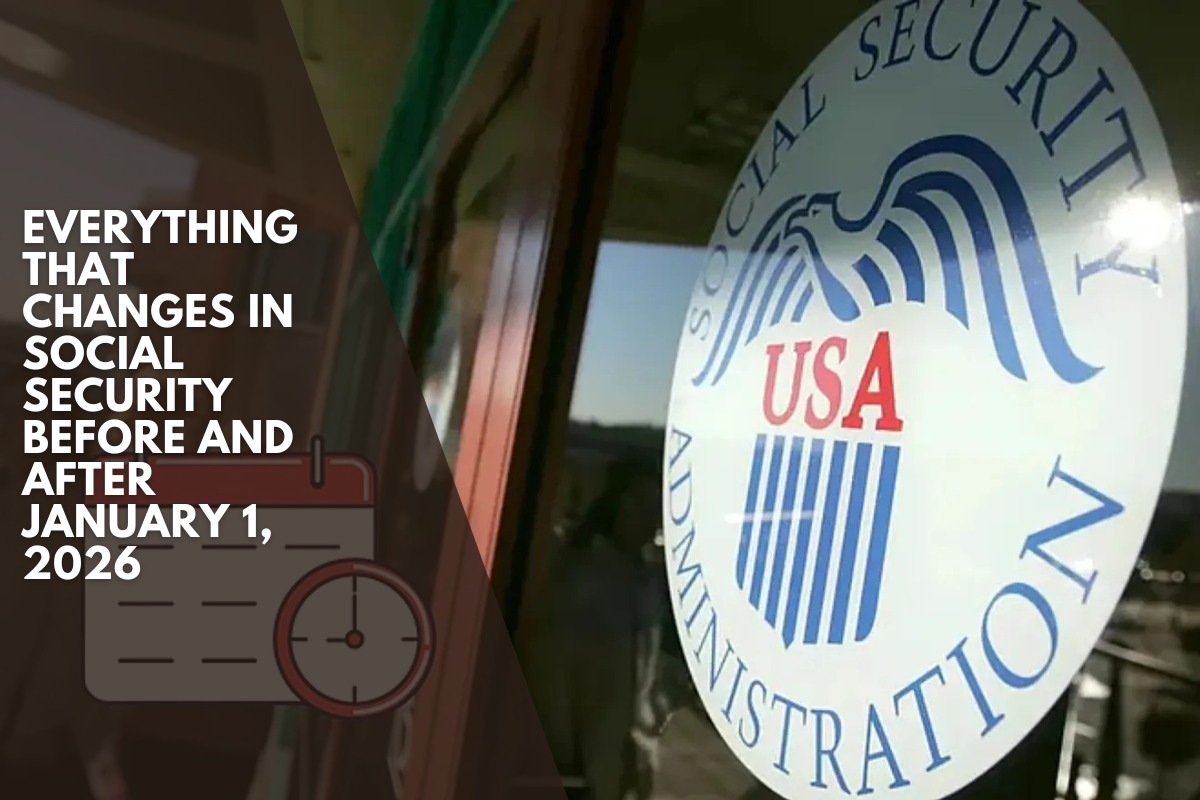If you’re planning to retire, the landscape is about to change again. In 2025, the Social Security full retirement age for Americans born in 1959 will rise to 66 years and 10 months.
While most people still consider 65 to be the standard, a series of gradual changes over the last few decades have resulted in a shifting definition of “full retirement,” with significant financial implications.
For workers planning to retire, the full retirement age (FRA) determines when you can claim 100% of your Social Security benefits based on your employment history and lifetime earnings.
In 2025, those born in 1959 will be 66 years and 10 months old. For those born in 1960 or later, the FRA will be 67, marking the end of a decades-long policy shift aimed at ensuring the sustainability of Social Security as Americans age.
What’s at stake? Claiming Social Security before reaching your full retirement age – 62, the earliest possible age – results in a permanent reduction in your monthly check of up to 30%. On the other hand, delaying benefits until age 70 can increase your payment by up to 32% above your FRA benefit.
The difference can add up to thousands of dollars per year for the rest of your life, emphasizing the importance of timing your decision.
Why is the full retirement age changing now?
The push to raise the full retirement age stems from reforms passed by Congress in 1983 to shore up Social Security’s finances in response to rising life expectancy and demographic shifts.
By increasing the FRA two months at a time, lawmakers hoped to ensure that benefits were available to future generations without overburdening the system.
Americans born in 1958 have a FRA of 66 years and 8 months, while those born in 1959 have to wait until 66 years and 10 months. The final scheduled increase affects those born in 1960 or later, bringing the full retirement age to 67.
If you claim before your FRA, your benefit is reduced by a fixed percentage each month. For example, a 62-year-old who begins benefits in 2025 will receive approximately 70% of their full benefit.
Waiting until age 70, on the other hand, yields the highest possible payment due to “delayed retirement credits.”
How does this affect your retirement planning?
For many, the changes complicate planning, particularly as other Social Security rules change in 2025.
The annual cost-of-living adjustment (COLA) for next year will be 2.5%, which is less than the increase from the previous year. The maximum amount of earnings subject to Social Security tax will increase to $176,100, from $168,600.
Meanwhile, the Social Security Administration is transitioning to appointment-only in-person services, and income limits for working beneficiaries are rising.
Those under FRA can earn up to $23,400 before their benefits are reduced, while those who have passed FRA can earn up to $62,160 before adjustments take effect.
How to Make the Right Social Security Decision
The decision to claim Social Security is deeply personal. Financial planners recommend that future retirees consider their health, family history, marital status, and overall financial needs.
Stephanie McCullough, a financial planner at Sofia Financial, states that “one of the most helpful things all of us can do, which serves us well in a variety of situations, is to try to keep our fixed expenses as low as possible.
“If you keep those fixed costs low, you have more room for discretionary fun stuff, as well as to adjust to any exogenous shocks life throws at you.”
Experts argue that waiting until 70 can be advantageous, particularly for married couples, because the higher benefit increases survivor benefits for spouses.
However, if there are health concerns or immediate financial needs, claiming sooner may be more prudent. The younger baby boomers and Generation Xers will bear the brunt of the impact.
Many people are underprepared for retirement, with studies indicating that roughly one-third of younger boomers will rely on Social Security for at least 90% of their retirement income.
For Generation X, average savings fall far short of what is required for a comfortable retirement, raising the stakes for every benefit-claiming decision.
The new rules also mean a smaller percentage of Americans will wait until age 70 to maximize their checks.
Only 4% currently hold out for the largest payment, according to the Transamerica Center for Retirement Studies.












